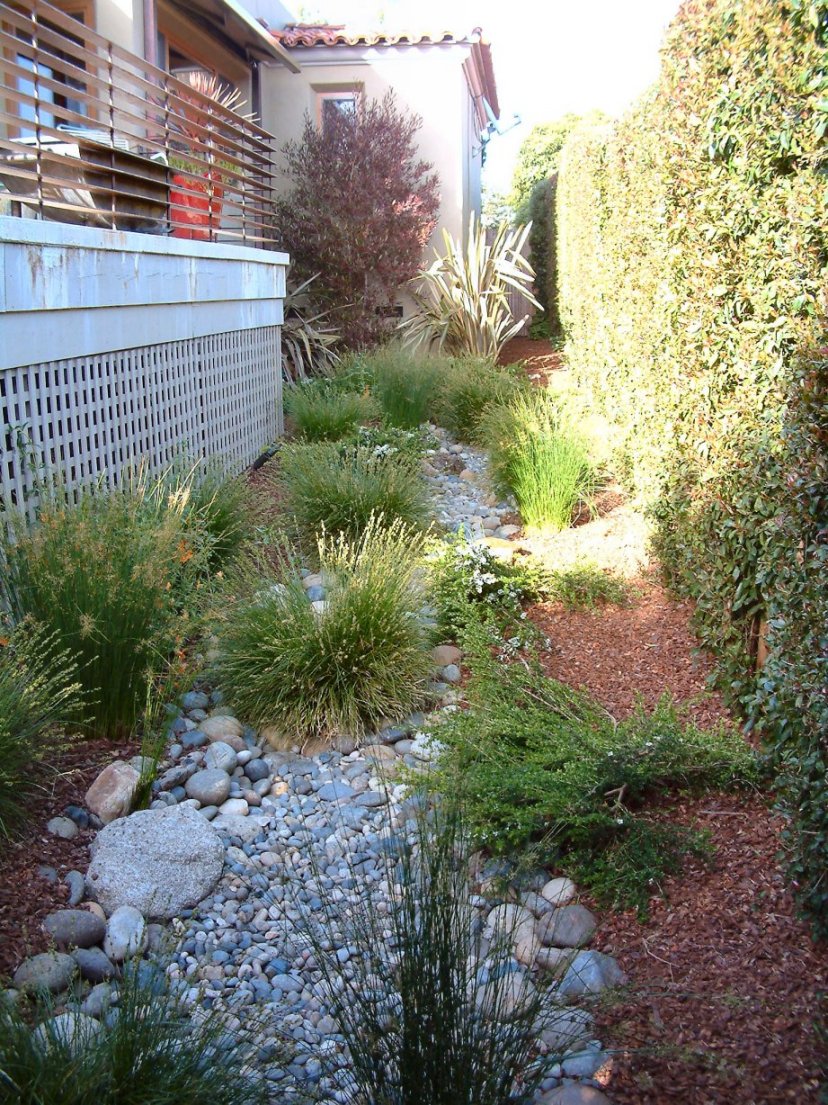
Common name:Purple Hopseed Bush or Hop Bush
Botanical name:Dodonaea viscosa 'Purpurea'
This fast-growing shrub has an upright, branching habit that reaches a height of 12-15', with willow-like leaves that are 4" in length. Its foliage is bronzy-green in color, which turns a reddish-purple shade in the fall and winter. It has compact growth and requires full sun for the best results.

Common name:California Gray Rush
Botanical name:Juncus patens
Although a wetland plant, Juncus patens can tolerate fairly dry conditions. Eventually will clump to 2'-3' in many years. Grows to a height of 2'-2.5'. There are many selections of this species available with different foliage variations and heights. Carefree with little to no maintenance. Provides great upright structure to many styles of landscapes.

Common name:Autumn Moor Grass
Botanical name:Sesleria autumnalis
A small, mounding grass with yellow-green leaves that reaches 12" high. In the fall it sends up narrow flower stems that have silvery-white inflorescence. When planted in masses, it has a striking appearance. It is drought tolerant.

Common name:New Zealand Flax
Botanical name:Phormium tenax
New Zealand Flax is a large, bold plant with stiffly vertical, sword-like, green leaves that arise from its base. It should be grown under full sun for best color. Varieties will offer different growth habits and leaf color.

Common name:Eugenia Brush Cherry
Botanical name:Syzgium paniculatum
Eugenia is a large, broad shrub can reach 25'+ tall and has small, dark green leaves with whtie flowers that bloom throughout the seasons. Berry fruit can be a problem if it falls onto cars, the paint may be stained.
| Designer: Michele Clement Garden Design | Narrow Dry Stream and Companions |
Photographer: GardenSoft |
Soils and Compost:
Practice grass-cycling by leaving short grass clippings on lawns after mowing, so that nutrients and organic matter are returned to the soil.
Water Saving Tip:
Check your irrigation systems at least once per month (or after each mowing).
Monitor each cycle to identify obvious problems and to confirm that all of the components are functioning properly.
Contact your water agency for assistance.
Integrated Pest Management:
Attract, or buy beneficial insects such as ladybugs and lacewings to control pest outbreaks in your garden.

